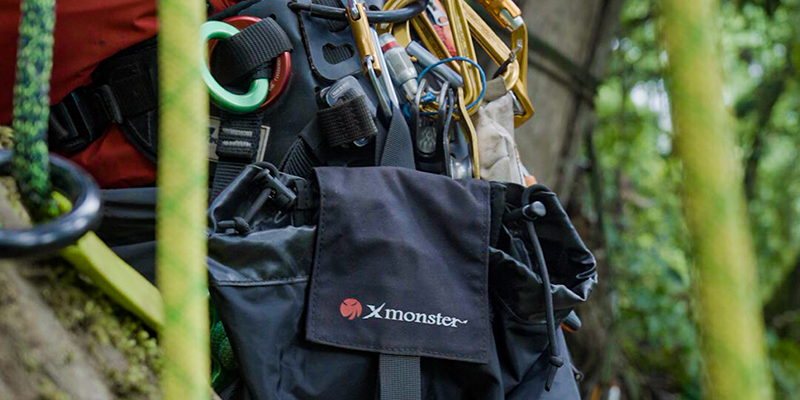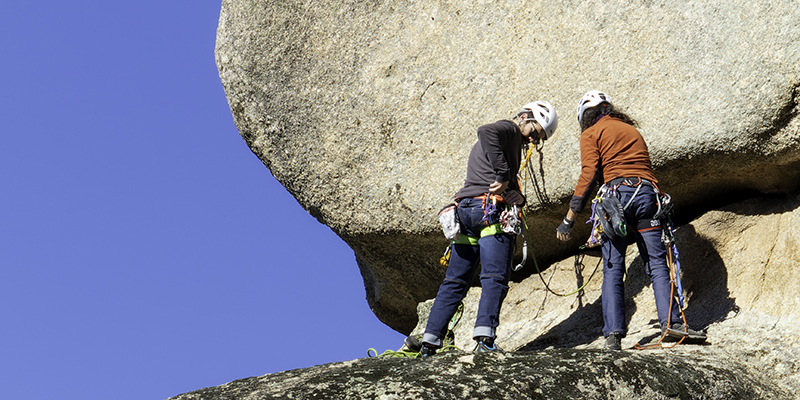
The Importance of Safety When Using Static Climbing Rope
In the realm of rock climbing, it's not just about examining the technical specifications of a rope; it's also about asking yourself a crucial question: "How do I intend to use it?" Whether you're scaling natural rock faces or conquering indoor climbing walls, understanding your climbing style and needs is a pivotal step before selecting the right rope. This decision ensures not only your safety but also safeguards your investment. Furthermore, it's important to remember that climbing ropes have a "shelf life" - they naturally age over time even if left unused.
Beyond the general considerations, the specific characteristics of static climbing ropes play a crucial role in ensuring safety. Similar to a steel cable, a static rope transfers all impact force directly to the protection system and the climber in the event of a fall. Even a short fall can generate significant impact force on the system, making static ropes highly elastic and less susceptible to maximum tensile strength. When used for anchoring, such as on large walls, cliffs, or in caves, it's advisable to use ropes with minimal elongation. Ropes with minimal elongation, known as static ropes, typically only stretch about 2% under the climber's weight. To protect ropes from excessive wear, they are often manufactured with thicker and coarser protective sheaths. The core of the rope consists of two thinner double-twisted fibers, which help mitigate the effects of high pressures.
Static climbing ropes usually have a diameter ranging from 9mm to 11mm, making them suitable for ascending, descending, and use with pulleys. Thinner ropes are a popular choice for alpine climbing, where weight is a primary consideration. Some adventurous climbers opt for ropes made from loosely structured polypropylene material as static ropes for anchoring. These ropes are lightweight and cost-effective, although they can be prone to severe wear and tangling, making them a bit challenging to handle. The CEN (European Committee for Standardization) has certified static ropes, with a notable requirement that they must have a primary color coverage of 80% and no more than two secondary colors throughout the rope.
In the context of snow and ski mountaineering, thinner diameter dynamic single ropes or half ropes were historically used, primarily for rope teams and crevasse rescues. The rationale for using dynamic ropes was mainly due to dynamic impact considerations. However, in reality, during falls on snow or glaciers, friction plays a role as the rope slides on the icy surface, absorbing a significant portion of the impact force. As a result, in recent years, for scenarios involving snow or ski mountaineering without lead climbing conditions, some guides have turned to using static ropes. The low elongation characteristics of static ropes significantly enhance rescue efficiency in both top-down rescue and bottom-up self-rescue situations. This choice also offers a lightweight option. Nonetheless, when it comes to rope diameter, the majority still opts for ropes in the 8-9mm range.

In conclusion, the knowledge shared above underscores the critical importance of safety when utilizing static climbing ropes. Remember that your rope isn't just a tool; it's a lifeline that can mean the difference between an exhilarating climb and a dangerous fall. By understanding the nuances of static ropes and tailoring your choice to your climbing style and environment, you're taking a significant step towards ensuring a safe and enjoyable climbing experience.

